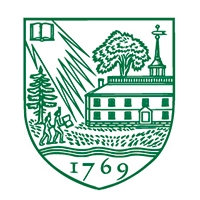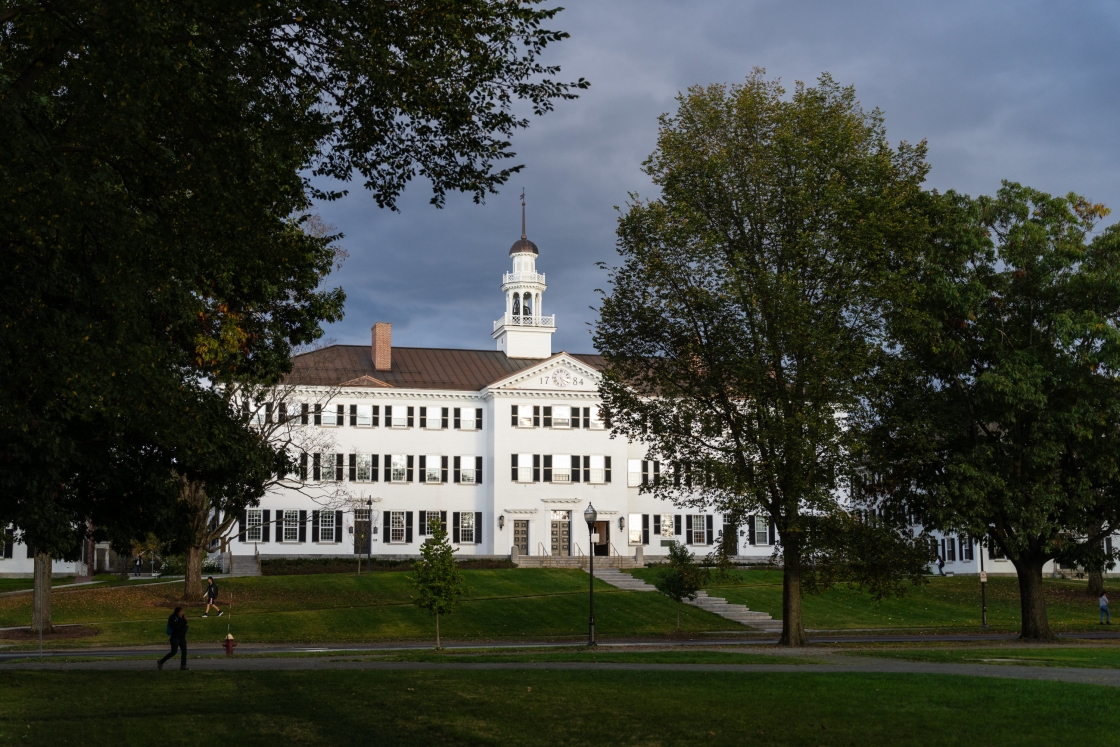
“In putting a class together, the most important factor is the quality of the applicants. We are incredibly fortunate to have received applications from the most diverse, most academically outstanding group of aspiring students who have ever applied to Dartmouth,” says Maria Laskaris, dean of admissions and financial aid. “We are thrilled by the level of achievement and anticipate some very difficult decisions before we can offer admission to just over 11 percent of these applicants.”
The unexpected decrease in the size of this year’s outstanding applicant pool, which is down about 14 percent from 2013, has prompted College officials to conduct a survey of non-applicants and undertake careful study to determine the causes behind the fluctuations in the number of applications received. The results of the study will be shared with the community.
Facts About Dartmouth’s Class of 2018 Applicants:Like Harvard, which recently announced its admissions figures, Dartmouth appears to have fewer applicants from the Northeast, the Midwest, and abroad. Some of this may be driven by a well-documented nationwide demographic shift, which is resulting in fewer high school graduates going to college nationally and with those who do tending to attend a school close to their home. About 80 percent of college freshmen attend college within 200 miles of their home, and 90 percent remain within 500 miles. Given that New England is losing college-bound population, this suggests that the application numbers may be a result of broader trends.
- The applicants are the most socioeconomically diverse pool in several years, with 70 percent applying for financial aid.
- Their mean test scores are at the highest levels ever: SAT = 2086, ACT = 31.3.
- Nearly 80 percent of the applicants are in the top 10 percent of their high school class.
- This is the most diverse applicant pool in College history, with students of color making up 37 percent of the applicants.
Echoing sentiment expressed by President Phil Hanlon ’77 in a meeting with alumni leaders Friday, Senior Vice President for Public Affairs Tommy Bruce commented, “While we are thrilled to have another exceptionally strong pool of potential students, we take the decline in applications seriously and are investigating the causes. Some might be quick to point to our location, or the public debates about affordability and the quality of student life that affect many college campuses, including our own. The fact, however, is that there are broader issues, from demographics to the rising popularity of pre-professional programs in the wake of the financial crisis, that may be playing a substantial role. In the long-term interests of the College, any actions we take will be based on solid evidence.
“Ultimately, our goal is to assemble a bright, talented, and diverse class that will excel under Dartmouth’s high standards—not to win an application arms race. We will achieve that goal easily.”
